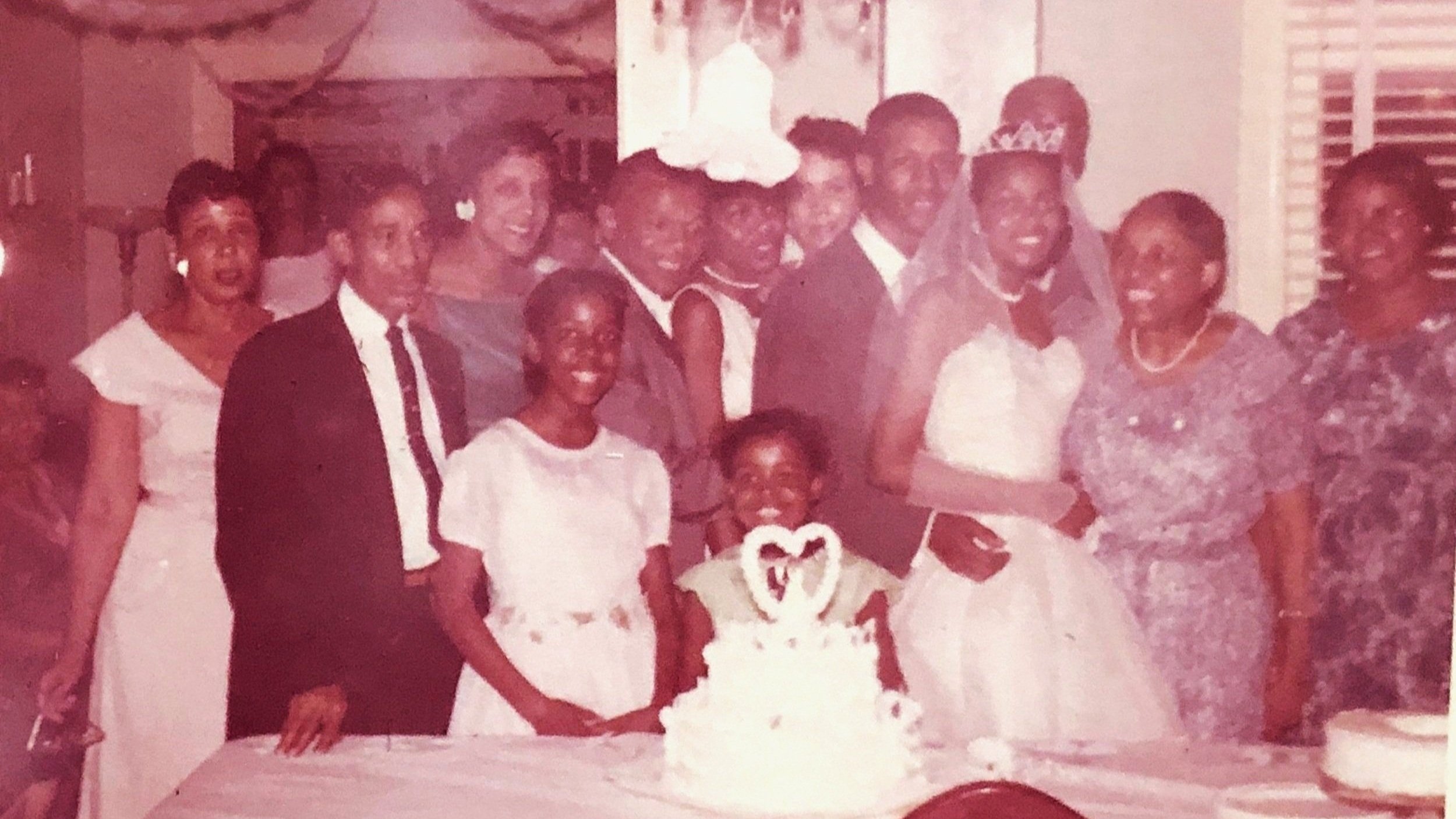It’s A Family Affair Part 3: Passing It On
Photos by Chinasa Cooper and from Harper Family Archive. Originally published in AphroChic magazine Issue 3, Spring 2020.
A lot had changed for my family and for the house by the middle of the 1970s, specifically with regard to who was calling it home at that time. Aunts and uncles alike had married and moved away. And in spring of 1972, Mama passed away. When that happened, the house wasn’t sold, but instead was passed down to my grandmother, Alice Harper, beginning a line of inheritance that continues to this day.
Inheritance is one of the most important building blocks of wealth in this country, and for African Americans, one of the most elusive. Currently, “inheritance ... account[s] for more of the racial wealth gap than any other behav- ioral, demographic, or socioeconomic indicator,” according to economists, Darrick Hamilton and William Darity Jr. As a result, African American households lack access to many of the wealth-building mechanisms that make inheritance possible.
Economist Janelle Jones finds that the result is, “white households inherit more money, and more often, than black households,” providing a wealth boost that, at the median, “increases wealth by more than $100,000 for white families and only $4,000 for black families”. For many Black families, including my own, one of the main ways that we have historically addressed this gap has been by purchasing and passing on homes, just like this one.
When our renovation project began, these economic realities were always top of mind. Our goal was to to renovate the home so that it could last in the family for many more generations to come. My grandmother was an excellent steward of the home, and when the house came to my mother in the early 2000s, she embarked on a series of restoration projects herself. But nothing about the house had been reimagined. With my sister’s family taking residence and my nephew being the first child in the house for many years, it was time for a new vision.
For me, the dining room has always felt like the center of the house. The place where we would come together for family meals and celebrations. Before I was born, many celebrations took place in that room, including my Aunt Elaine’s wedding reception in 1970. Bringing it into the 21st century meant more than just a new coat of paint. We had to recreate that feeling of togetherness. To start, plain white paint that had become old and worn was replaced with a silvery gray that catches and reflects the strong light that the room receives during the day.
Antique wall sconces were replaced with modern fixtures. The dining table and chairs were all replaced as well, though we were careful to add furnishings that fit with the older feel of the space, striking a balance with the more modern wall color and lighting. And art was hung on the wall, as part of the family art collection that we’re starting.
No matter how much we remodeled however, there had to be a way to remember those who had lived in the house before. We pulled a hutch that had belonged to Mama from the breakfast room to the dining area. An antique piece, complete with a built-in flour-sifter for making bread.
Its style perfectly fitting with the new furniture, while its color — that beautiful patina of age — grounds the space and keeps it connected to the past. Even more importantly, we restored a chandelier that has hung over the dining table in that room for generations. Another beautiful antique, also purchased by Mama, we found it in the basement and cleaned each crystal by hand before restoring it to its rightful place. I later found out that cleaning the chandelier had been my mother’s traditional chore, which she did every Saturday morning as a child.
The breakfast room had always been one of Mama’s favorite rooms. It was where she started her days, and often, where she ended them as well. Since then it had remained a breakfast room, even as meals became more decentralized, breakfasts became less labor intensive, and the dining room became the location for every meal. To bring the space back into utility we envisioned it with a new purpose, transforming it into a playroom for my nephew, Sebastian.
Away went the bright yellow walls. We replaced them with a soft lilac, with just enough purple in the color to stay warm and inviting while highlighting the architectural details of the room. The sofa was another heirloom, donated by Aunt Elaine. Paired with a colorful, printed rug, art, and pillows that we designed, the room is now a flowing, open space. Our nephew enjoys playing there, and we enjoy watching him engage in a space that has been in the family for so many generations.
As home ownership becomes ever more difficult for Black people it becomes even more important. And renovating and restoring our homes so that they can stay in the family is also of tremendous importance. It’s not simply a question of what we can make, but of what we pass on.










